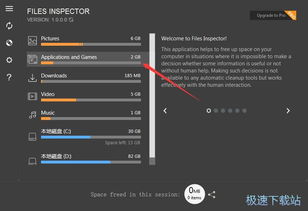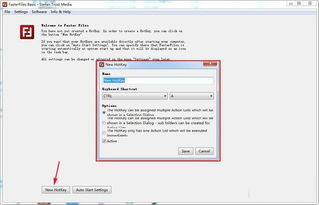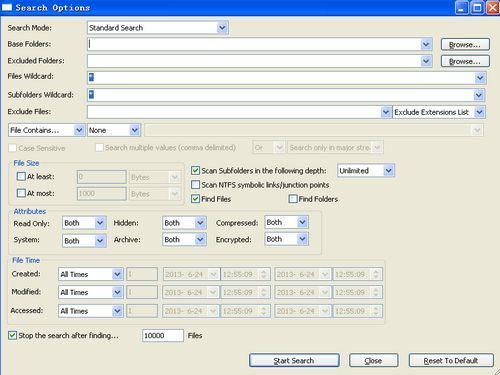
Parquet Files: A Comprehensive Guide for Data Professionals
Parquet files have become a staple in the world of big data, offering a robust and efficient way to store and process large datasets. If you’re new to the concept or looking to deepen your understanding, this guide is tailored for you. Let’s dive into the intricacies of parquet files, exploring their features, benefits, and how they fit into the data ecosystem.
What are Parquet Files?

Parquet files are a columnar storage file format designed for use with big data systems. They are designed to be efficient in terms of both storage and processing. Unlike traditional row-oriented file formats, parquet stores data in columns, which makes it particularly well-suited for analytical workloads.
Key Features of Parquet Files

Here are some of the key features that make parquet files a popular choice:
| Feature | Description |
|---|---|
| Columnar Storage | Storing data in columns rather than rows, which is more efficient for analytical queries. |
| Compression | Supports various compression algorithms to reduce storage requirements and improve I/O performance. |
| Schema Evolution | Allows for changes to the data schema without breaking existing queries or applications. |
| Encoding Variants | Supports multiple encoding schemes to optimize storage and processing for different data types. |
Benefits of Using Parquet Files

Parquet files offer several benefits that make them a compelling choice for data professionals:
-
Improved Performance: The columnar storage format allows for faster query execution, especially for complex analytical queries.
-
Reduced Storage Costs: Compression algorithms help to reduce the amount of storage space required for data.
-
Schema Flexibility: The ability to evolve the schema over time without disrupting existing applications is a significant advantage.
-
Interoperability: Parquet files are supported by a wide range of data processing frameworks and tools, making them a versatile choice.
How Parquet Files Fit into the Data Ecosystem
Parquet files play a crucial role in the modern data ecosystem, particularly in the context of big data processing and analytics. Here’s how they fit into the larger picture:
-
Data Ingestion: Parquet files are often used as the output format for data ingestion processes, where data is transformed and stored in a format optimized for analysis.
-
Data Processing: Many big data processing frameworks, such as Apache Spark and Apache Hive, support parquet files, allowing for efficient data processing and transformation.
-
Data Storage: Parquet files are a common choice for data storage, especially in distributed file systems like Hadoop Distributed File System (HDFS) and Amazon S3.
-
Data Analysis: The columnar storage format and efficient compression make parquet files ideal for data analysis tasks, including machine learning and predictive analytics.
Creating and Using Parquet Files
Creating and using parquet files involves several steps:
-
Data Preparation: Ensure that your data is clean and well-structured before converting it to parquet format.
-
Schema Definition: Define the schema for your parquet file, specifying the data types and structure of the columns.
-
Conversion: Use a data processing framework or library that supports parquet to convert your data into the parquet format.
-
Storage and Access: Store your parquet files in a suitable data storage system and access them using tools and frameworks that support parquet.
Conclusion
Parquet files are a powerful tool for data professionals, offering a combination of efficiency, flexibility, and interoperability. By understanding the features and benefits of parquet files, you can leverage them to optimize your data processing and analysis workflows. Whether you’re working with big data or traditional data processing systems, par





